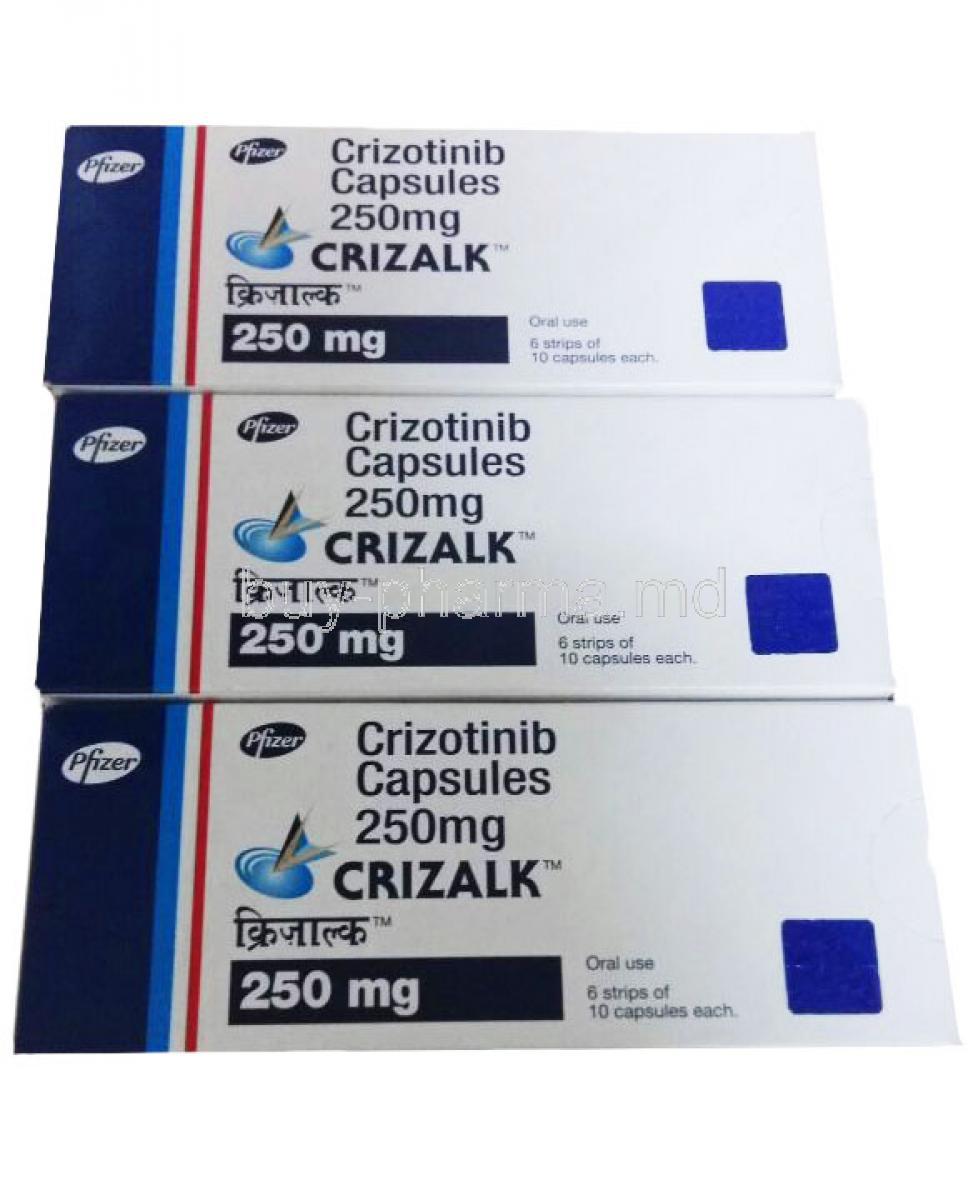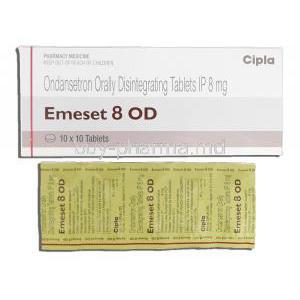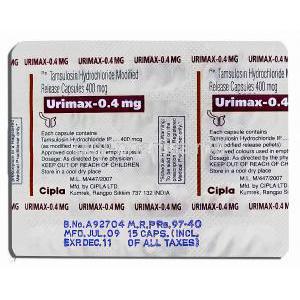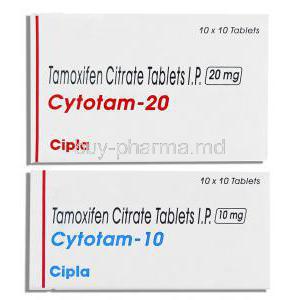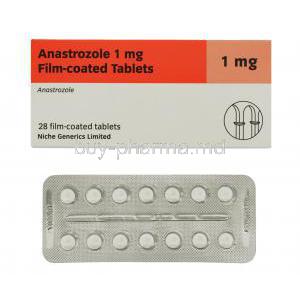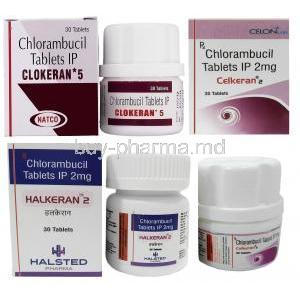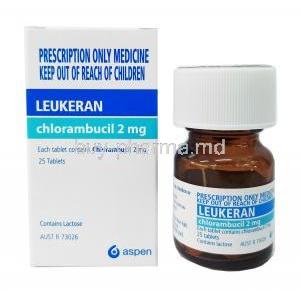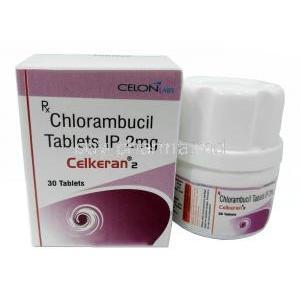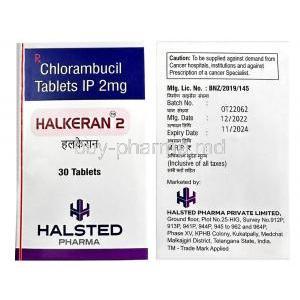Introduction to Crizalk (Crizotinib)
Crizalk, known generically as crizotinib, represents a major advancement in precision oncology. Unlike conventional cytotoxic agents, it selectively targets abnormal molecular pathways responsible for malignant growth. This oral medication is primarily utilized in the treatment of specific genetic subtypes of lung cancer, offering patients a therapy that directly interferes with the underlying drivers of disease.
The regulatory trajectory of Crizalk began with its breakthrough approval by the U.S. Food and Drug Administration in 2011 for ALK-positive non-small cell lung cancer (NSCLC). Soon after, other global authorities, including the European Medicines Agency and Japan’s PMDA, extended approval, solidifying its role as a cornerstone therapy in precision medicine. Today, it remains a critical therapeutic option across continents.
Targeted therapy has revolutionized oncology by reducing collateral damage to healthy cells, thereby improving patient outcomes and quality of life. Crizalk exemplifies this paradigm shift by addressing the molecular roots of malignancy with unprecedented specificity.
Composition and Formulation
The pharmacologically active component of Crizalk is crizotinib, a small-molecule tyrosine kinase inhibitor. It is designed to obstruct aberrant signaling that fuels tumor proliferation.
- Dosage forms and strengths: Available in capsule formulations of 200 mg and 250 mg, designed for oral administration.
- Inactive excipients: Include microcrystalline cellulose, lactose monohydrate, colloidal silicon dioxide, and magnesium stearate, ensuring stability and bioavailability.
The formulation is engineered to ensure predictable absorption and systemic distribution, critical for consistent therapeutic effect.
Mechanism of Action: How Crizotinib Works
Crizotinib exerts its activity through potent inhibition of specific receptor tyrosine kinases:
- ALK inhibition: Many NSCLC tumors harbor ALK gene rearrangements, resulting in uncontrolled proliferation. Crizotinib blocks this abnormal signaling cascade.
- ROS1 inhibition: In rare subsets of lung cancer, ROS1 rearrangements drive tumorigenesis. Crizotinib neutralizes this oncogenic pathway.
By halting intracellular signals that promote growth and survival, crizotinib induces apoptosis and suppresses malignant expansion. Unlike conventional chemotherapy, which indiscriminately attacks dividing cells, crizotinib’s mechanism is selective, reducing unnecessary toxicity and improving tolerability.
Approved Medical Uses of Crizalk
Crizalk has earned recognition as a front-line therapy for specific genetic mutations in lung cancer.
- ALK-positive NSCLC: Indicated for patients with locally advanced or metastatic disease confirmed to harbor ALK gene rearrangements.
- ROS1-positive NSCLC: Effective in cases with confirmed ROS1 gene alterations, a rarer but clinically significant subset of lung cancers.
It is approved for adult patients, and in some regions extended to younger populations based on clinical evidence. The therapy is most often prescribed in advanced-stage disease or when patients relapse following conventional regimens.
Off-Label Uses of Crizotinib
Beyond its primary indications, crizotinib is under investigation for broader applications:
- Pediatric ALK-positive cancers: Emerging data suggest efficacy in rare childhood malignancies such as inflammatory myofibroblastic tumors.
- Lymphomas and other solid tumors: Trials are exploring crizotinib’s utility in cancers with ALK or ROS1 aberrations beyond NSCLC.
- Rare genetic mutations: Ongoing research continues to reveal novel gene fusions and pathways susceptible to crizotinib inhibition.
These explorations underscore the dynamic nature of precision oncology and the evolving role of crizotinib in multidisciplinary cancer care.
Dosage and Administration
The standard regimen for adults typically involves 250 mg orally twice daily, continued until disease progression or unacceptable toxicity. Crizotinib can be administered with or without food, providing flexibility in daily routines.
- Adjustments: Dose modifications may be necessary based on hepatic function, renal impairment, or the presence of adverse events.
- Genetic markers: Treatment initiation requires confirmed ALK or ROS1 positivity via validated testing methods.
- Toxicity management: Interruptions or reductions are often employed to mitigate intolerable side effects without sacrificing efficacy.
Dosage in Special Populations
- Elderly patients: While pharmacokinetics remain similar, increased sensitivity necessitates vigilant monitoring for cardiac and hepatic toxicity.
- Pregnant and nursing women: Contraindicated due to potential teratogenicity and unknown risks to infants through breast milk.
- Pediatric use: Limited but promising data exist for adolescents and children with ALK-positive tumors, though careful clinical oversight is essential.
These considerations highlight the importance of individualized dosing strategies.
Side Effects of Crizalk
Common Side Effects
While generally tolerable, crizotinib is associated with a spectrum of manageable adverse reactions:
- Gastrointestinal disturbances such as nausea, vomiting, diarrhea, or constipation
- General fatigue, dizziness, and transient vision changes
- Peripheral edema and decreased appetite
Most of these reactions are mild to moderate and can be managed with supportive care or temporary dose adjustments.
Serious and Less Common Side Effects
In some patients, crizotinib can trigger significant complications requiring urgent medical intervention:
- Hepatotoxicity: Elevated liver enzymes may progress to serious hepatic injury if unmonitored.
- Interstitial lung disease: Rare but life-threatening pneumonitis demands immediate cessation of therapy.
- Cardiac toxicity: QT interval prolongation and bradycardia necessitate electrocardiographic monitoring in susceptible individuals.
- Hematological abnormalities: Cases of anemia, neutropenia, and leukopenia underscore the need for regular blood counts.
These adverse events underscore the importance of continuous clinical supervision throughout treatment.
Important Precautions and Warnings
Crizalk requires vigilant medical supervision to minimize adverse outcomes. Regular monitoring of liver function tests is crucial, as hepatotoxicity may develop insidiously. Cardiac rhythm assessment, particularly via electrocardiography, is recommended to detect QT interval prolongation and bradyarrhythmias at an early stage.
Pulmonary toxicity is another serious risk. Patients presenting with unexplained dyspnea, cough, or fever should undergo immediate evaluation, and therapy should be discontinued if interstitial lung disease is suspected. Early cessation of treatment is paramount to prevent irreversible damage.
- Renal or hepatic impairment necessitates dose modifications and close surveillance.
- Individuals with a documented history of arrhythmias require heightened precaution due to elevated susceptibility to rhythm disturbances.
Contraindications
Certain populations must not be exposed to Crizalk due to significant hazards:
- Known hypersensitivity to crizotinib or excipients in the formulation.
- Patients with severe, uncontrolled cardiac disorders that could be exacerbated by QT prolongation or bradycardia.
- Pregnant women should not receive Crizalk unless under strict medical oversight, as teratogenic potential remains a critical concern.
Careful Administration Considerations
In addition to absolute contraindications, some groups require cautious administration:
- Pre-existing liver disease: Even minor impairment can amplify the risk of hepatotoxicity; routine hepatic panels are mandatory.
- Renal impairment: Reduced clearance necessitates dose adjustment to avoid systemic accumulation and toxicity.
- Immunocompromised patients: These individuals are predisposed to infections, requiring enhanced vigilance throughout therapy.
Drug Interactions
Crizalk metabolism is heavily dependent on the cytochrome P450 system, particularly CYP3A. This makes it susceptible to numerous interactions:
- CYP3A inhibitors and inducers: Potent inhibitors such as ketoconazole may elevate serum levels, while inducers like rifampin may reduce efficacy.
- Anticoagulants and cardiovascular drugs: Co-administration may alter hemodynamic balance and heighten bleeding or arrhythmia risks.
- Proton pump inhibitors: Alterations in gastric pH can influence absorption, potentially diminishing therapeutic effectiveness.
- Food and herbal supplements: Grapefruit and St. John’s Wort are particularly problematic due to their effects on CYP3A activity.
Overdose and Emergency Management
Overdose with crizotinib is a medical emergency that necessitates immediate intervention. Clinical manifestations may include profound bradycardia, severe gastrointestinal upset, and marked hepatic enzyme elevation.
- Supportive care: Continuous monitoring of vital signs, liver enzymes, and cardiac rhythm is essential.
- Interventions: Hemodialysis has limited efficacy due to high protein binding but may be considered in severe cases.
- Observation: Patients should remain under observation until stabilization of cardiovascular and hepatic function is confirmed.
Handling Precautions
As an oral chemotherapy agent, Crizalk requires meticulous handling:
- Caregivers should wear gloves when handling capsules to avoid dermal exposure.
- Capsules must not be crushed or opened; they should be swallowed whole to maintain formulation integrity.
- Unused or expired medication should be disposed of through pharmaceutical take-back programs, never in household waste.
Storage and Stability
Proper storage is fundamental to preserve the potency and safety of Crizalk:
- Maintain at controlled room temperature, typically 20°C to 25°C (68°F to 77°F).
- Protect from excessive moisture and direct light, as these factors may degrade the active compound.
- Observe the expiration date on the packaging, as potency diminishes beyond the indicated shelf life.
Patient Counseling Information
Patient education plays a pivotal role in ensuring therapeutic success. Individuals commencing therapy should be thoroughly counseled on key points:
- Adherence: Doses must be taken consistently at the prescribed times to maintain therapeutic plasma levels.
- Warning signs: Immediate medical consultation is warranted if patients experience visual disturbances, chest pain, persistent cough, or severe gastrointestinal symptoms.
- Lifestyle: Alcohol should be minimized due to hepatotoxic risk, and strenuous physical activity should be balanced against potential fatigue or dizziness.
- Dietary considerations: Patients should avoid grapefruit products and disclose all supplements to their healthcare provider.
Through structured education and vigilance, patients can maximize the benefits of Crizalk while mitigating potential dangers.
Crizalk, Crizotinib FAQ
- What is the use of Crizalk tablet?
- What is the drug crizotinib used for?
- Is crizotinib better than chemotherapy?
- What is the survival rate of crizotinib?
- How long can you stay on crizotinib?
- What should I avoid while taking crizotinib?
- How to take crizotinib?
- What is the time to response to crizotinib?
- Does crizotinib cause hair loss?
- What are the side effects of crizotinib?
- Does crizotinib cross the blood-brain barrier?
- Does crizotinib interact with other drugs?
- When was crizotinib approved?
- What is the main indication for crizotinib?
- Does crizotinib cause edema?
- Is crizotinib oral?
- Is crizotinib a met inhibitor?
- Is crizotinib better than chemotherapy?
- What is the duration of treatment for crizotinib?
- What type of therapy is crizotinib?
- Is crizotinib effective?
- What are the alternatives to crizotinib?
- Who developed crizotinib?
- Is crizotinib a targeted therapy?
- How does crizotinib work?
- Is crizotinib a TKI?
- What are the side effects of crizotinib ocular?
What is the use of Crizalk tablet?
Crizalk 250 mg capsules are prescribed for non‑small‑cell lung cancer harboring an anaplastic lymphoma kinase (ALK) gene mutation or rearrangement. They are intended for patients whose disease has not responded to therapies.
What is the drug crizotinib used for?
Crizotinib serves as a treatment option for cancer that has already spread, non‑small cell lung cancer (NSCLC) caused by either the anaplastic lymphoma kinase (ALK) gene or the ROS1 gene.
Is crizotinib better than chemotherapy?
When compared with second-line chemotherapy, crizotinib therapy was associated with an extended progression-free interval, higher response rates, a clear attenuation of symptoms, and a meaningful improvement in global quality of life.
What is the survival rate of crizotinib?
83%
How long can you stay on crizotinib?
You typically stay on crizotinib as long as it remains effective.
What should I avoid while taking crizotinib?
Grapefruit
How to take crizotinib?
Crizotinib can be taken whether you eat beforehand or on an empty stomach. Swallow the capsule whole—don’t split it. You shouldn’t break, open, or chew the capsule.
What is the time to response to crizotinib?
7-9 weeks
Does crizotinib cause hair loss?
Rarely
What are the side effects of crizotinib?
- Constipation
- Stomach pain
- Sores in the mouth
- Change in taste
- Reduced appetite
- Heartburn
- Headache
- Numbness
- Burning or tingling in the hands or feet
Does crizotinib cross the blood-brain barrier?
When it comes to the blood–brain barrier, the drug’s penetration is low.
Does crizotinib interact with other drugs?
821 drugs known to interact with crizotinib
When was crizotinib approved?
2011
What is the main indication for crizotinib?
Crizotinib, a kinase inhibitor, is prescribed for patients with non‑small cell lung cancer whose tumors test positive for lymphoma kinase (ALK) or ROS1.
Does crizotinib cause edema?
Yes
Is crizotinib oral?
Yes
Is crizotinib a met inhibitor?
Yes
Is crizotinib better than chemotherapy?
No
What is the duration of treatment for crizotinib?
10.9 months
What type of therapy is crizotinib?
Crizotinib is a type of targeted cancer drug
Is crizotinib effective?
Yes
What are the alternatives to crizotinib?
- Opdivo (nivolumab)
- Rybrevant (amivantamab)
Who developed crizotinib?
Pfizer
Is crizotinib a targeted therapy?
Yes
How does crizotinib work?
Crizotinib works by homing in on the lymphoma kinase (ALK) receptors that pepper cancer cells and shutting them down.
Is crizotinib a TKI?
Yes
What are the side effects of crizotinib ocular?
Visual disturbances

